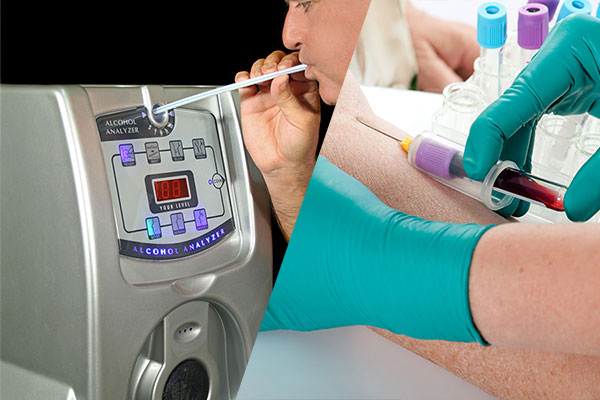How BAC Blood Alcohol Concentration Is Determined in a DUI Case

Blood Alcohol Concentration (BAC) is defined in Wikipedia as a measurement of alcohol intoxication used for legal or medical purposes. It is expressed as the mass of alcohol per mass or volume of blood. Here is a good example: a BAC of 0.10 percent (0.1 percent or one-tenth of one percent) indicates that there is 0.10 g of alcohol per 100 mL of blood; in other countries, the maximum allowed BAC is 0.08 percent; above 0.08 is potentially lethal by alcohol poisoning.
Regardless of the purposes for which Blood Alcohol Content (BAC) calculations are sought, the calculations themselves involve the same principles and assumptions, most of which were first devised by the Swedish scientist E. M. P. Widmark in the 1930s. To calculate a person’s BAC at a specified time, the total amount of alcohol absorbed into the person’s bloodstream prior to the specified time must first be calculated. Then, the total amount of alcohol removed from the bloodstream prior to the specified time must be calculated. The amount of alcohol removed from the bloodstream is then subtracted from the amount absorbed into the bloodstream. The remaining amount is used for the BAC calculator. Each calculation, it should be noted, requires certain biological assumptions that may or may not be accurate for the person for whom the calculations are made. These assumptions are discussed below.
Three Factors That Affect Amount of Alcohol Absorbed
The total amount of alcohol absorbed into a person’s bloodstream is dependent upon three factors: the amount of alcohol consumed, the person’s body mass (or weight), and the proportion of the consumed alcohol that remains in the person’s blood after absorption that is not absorbed by the other tissues and fluids of the body. The first two factors are not difficult to ascertain. The third factor, however, varies considerably from person to person and is difficult to accurately ascertain for a particular person. This factor is commonly referred to as the alcohol distribution ratio and is identified by the letter “r.” A person’s alcohol distribution ratio is determined by the relative concentrations of alcohol in the person’s blood and body. This distribution can be expressed like this:
r = alcohol concentration in the body/alcohol concentration in the blood
Alcohol is more soluble in water than any other substance in the body. Therefore, a person’s alcohol distribution ratio depends, among other things, on the total water content of his or her body. The water content of other bodily fluids and tissues tends to vary more than the water content of blood, which remains relatively constant regardless of the amount of water in the body. Therefore, the higher the water content of a person’s body, the higher the person’s BAC calculator ratio is likely to be. It should be noted that because women tend to have a lower concentration of water in their bodies than men, their alcohol distribution ratios tend to be lower than those of men.
The average alcohol distribution ratios derived by Widmark were .68 for men and .55 for women. Studies in recent years by Dubowski and others have shown that alcohol distribution ratios for most men vary from .66 to .80, with an average of .73, while the ratios for most women vary from .58 to .74, with an average of .66. The ratios for both men and women vary considerably, however, and about a third of all persons have ratios outside of these ranges. It is generally agreed that the ratio tends to remain fairly constant for the same person over time.
Recent studies have shown that the rate at which alcohol is eliminated from the body tends to vary from person to person, and to a lesser extent for the same person over time. While the universally-used elimination rate of .015 percent per hour may be fairly accurate for most social drinkers, many alcoholics, heavy drinkers, and large amounts of alcohol have elimination rates of more than twice that figure.
Widmark’s formula and examples are only one part of a DUI breath test case. If you are facing charges of impaired driving, contact us day or night for a FREE case evaluation. We are available 24 hours a day at 1-844-TEAM-DUI (1-844-832-6384). Our TeamDUI.com lawyers near me have experienced attorneys that will understand and recognize possible DUI defenses and the weaknesses of a DUI arrest.